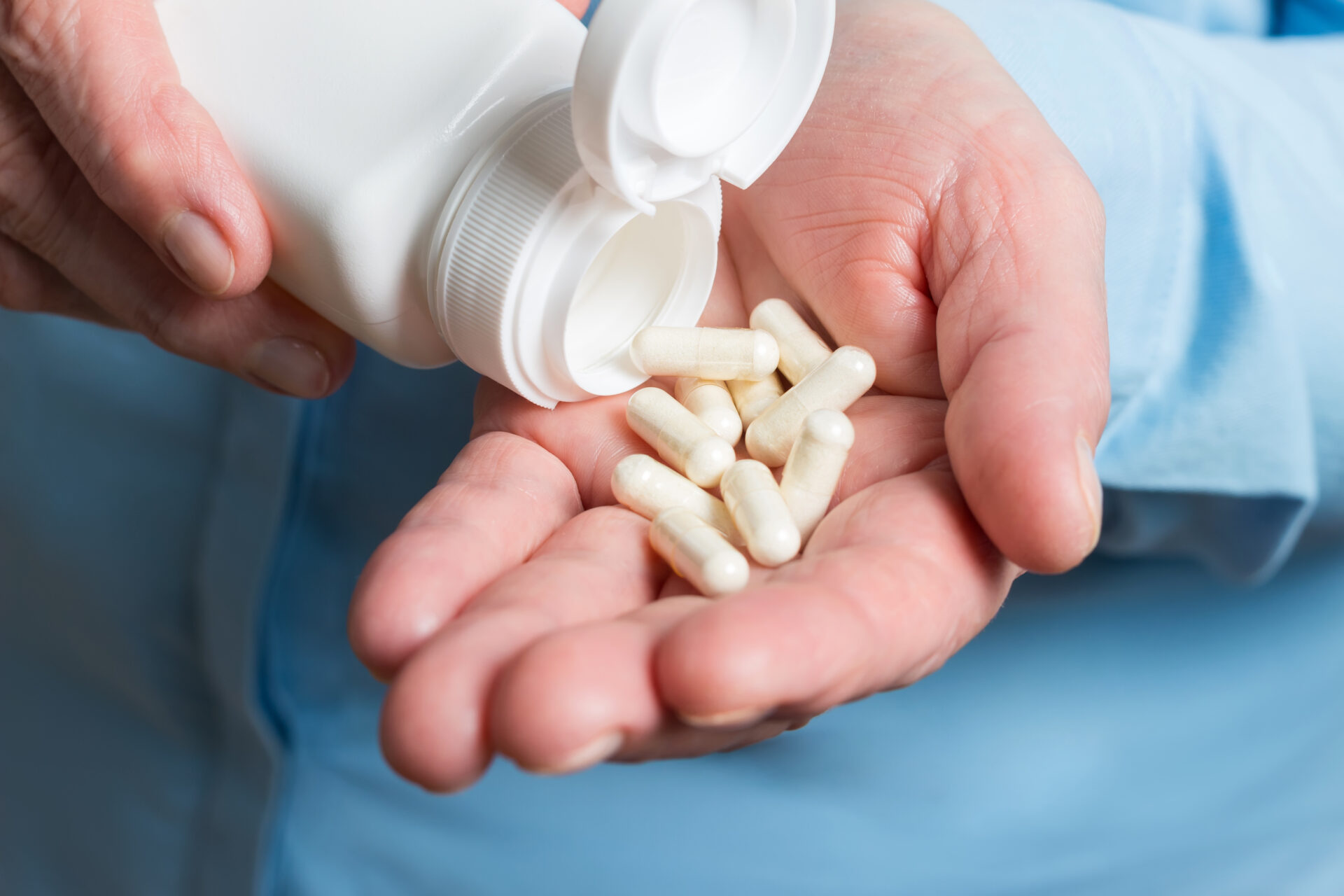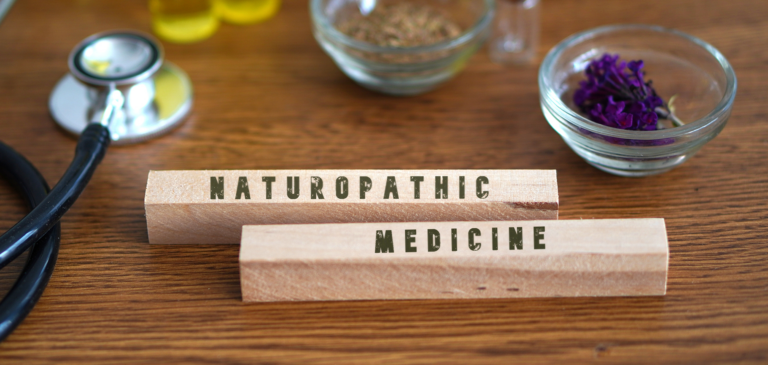Glucosamine and Physical Activity
Joints can be thought of as amazing hinges of the musculoskeletal system. They are made up of cartilage, ligaments, tendons, and fluids, which all work together to keep the body moving smoothly. But over time, this system can start to wear down, causing even simple movements to become painful. Injuries from sports or accidents can accelerate this process, especially in athletes who stress their bodies through training and competition. In fact, research shows that those who suffer a knee injury in their youth are three times more likely to develop osteoarthritis by the time they are 65.1
This is where glucosamine might play a role. Glucosamine is a natural compound found in cartilage. And preliminary research into its use as a dietary supplement has resulted in some interesting findings.2 Not only have studies shown glucosamine can slow the breakdown of cartilage, but it’s also been shown to help repair cartilage after damage occurs.3,4 This would be an especially powerful effect for athletes in high-impact sports where injuries are common, and recovery can make or break a career. Findings like this, along with an almost universal agreement on the excellent safety profile, make it intriguing to explore the potential for supplementing glucosamine to support joint health.
Protection and Recovery
A16-week study of soccer players supplementing with 2000 mg glucosamine daily revealed significantly less cartilage breakdown compared to those who didn’t supplement, while also maintaining normal synthesis of new cartilage.3 Another study comparing 1500 mg glucosamine to a dose of 3000 mg in rugby and soccer players showed that both doses decreased the ratio of cartilage breakdown to cartilage synthesis, with those on the higher dose seeing greater improvement.5
Competitive athletes are particularly prone to joint injuries, and a slow recovery can impact training, and readiness for events. Looking at the effects of glucosamine for speeding recovery is a worthy endeavor because positive effects could increase one’s longevity in their sport. Studies are limited on this end point, but one study that followed 121 male patients with acute knee injuries for four weeks showed that a dose of 1500 mg per day improved knee flexion and extension more significantly than placebo.4 Further research is needed, but this effect could be especially impactful for athletes, where a faster recovery can mean the difference between competing, or sitting on the side lines.
Slowed Progression
Of course, athletes are not the only population in need of joint support. Anyone can experience the breakdown of cartilage and other tissues due to aging, excess body weight, or repetitive movements. And all these scenarios increase the risk of osteoarthritis (OA). Pain, stiffness, tenderness, and swelling are hallmark signs of OA which all have a significant impact on quality of life. Preliminary evidence has shown that glucosamine may slow this process and may even influence positive structural changes.
A three-year study that followed 202 OA patients supplementing with 1500 mg/day of glucosamine sulfate looked at joint space width which is an indicator of disease progression.6 Over the course of the study, the placebo group showed a worsening of joint space width, while the glucosamine group did not. Additionally, there were significant improvements in bone spur severity in the glucosamine group versus placebo.7
Further evidence comes from a review of randomized, placebo-controlled clinical trials which demonstrated highly significant efficacy of glucosamine on all outcomes of osteoarthritis.2 These outcomes included joint space narrowing, and WOMAC assessment, which is a standardized questionnaire assessing pain, stiffness, and physical function of the joints.
While the full potential of glucosamine for supporting joint health is still under investigation, data thus far has been promising. Furthermore, there have been no reports of serious medication interactions, or significant adverse events with glucosamine supplementation, though it should be avoided in those with shellfish allergies.8 The potential role of glucosamine in protecting and repairing cartilage, coupled with evidence of reducing joint pain, stiffness, and joint space width in OA, makes it an exciting substance for further study. Staying active is a key contributor to a healthy lifestyle, and supporting our joints can help ensure a lifetime of mobility and function.
- Gelber, A. C., Hochberg, M. C., Mead, L. A., Wang, N. Y., Wigley, F. M., & Klag, M. J. (2000). Joint injury in young adults and risk for subsequent knee and hip osteoarthritis. Annals of Internal Medicine, 133(5), 321–328. https://doi.org/10.7326/0003-4819-133-5-200009050-00007
- Richy, F., Bruyère, O., Ethgen, O., Cucherat, M., Henrotin, Y., & Reginster, J. Y. (2003). Structural and symptomatic efficacy of glucosamine and chondroitin in knee osteoarthritis: A comprehensive meta-analysis. Archives of Internal Medicine, 163(13), 1514–1522. https://doi.org/10.1001/archinte.163.13.1514
- Tsuruta, A., Horiike, T., Yoshimura, M., & Nagaoka, I. (2018). Evaluation of the effect of the administration of a glucosamine-containing supplement on biomarkers for cartilage metabolism in soccer players: A randomized double-blind placebo-controlled study. Molecular Medicine Reports, 18(4), 3941–3948. https://doi.org/10.3892/mmr.2018.9396
- Ostojic SM, Arsic M, Prodanovic S, Vukovic J, Zlatanovic M. Glucosamine administration in athletes: effects on recovery of acute knee injury. Res Sports Med. 2007;15(2):113-124. doi:10.1080/15438620701405248
- Nagaoka, I., Tsuruta, A., & Yoshimura, M. (2019). Chondroprotective action of glucosamine, a chitosan monomer, on the joint health of athletes. International Journal of Biological Macromolecules, 132, 795–800. https://doi.org/10.1016/j.ijbiomac.2019.03.234
- Beattie, K. A., Duryea, J., Pui, M., et al. (2008). Minimum joint space width and tibial cartilage morphology in the knees of healthy individuals: A cross-sectional study. BMC Musculoskeletal Disorders, 9, 119. https://doi.org/10.1186/1471-2474-9-119
- Pavelká, K., Gatterová, J., Olejarová, M., Machacek, S., Giacovelli, G., & Rovati, L. C. (2002). Glucosamine sulfate use and delay of progression of knee osteoarthritis: A 3-year, randomized, placebo-controlled, double-blind study. Archives of Internal Medicine, 162(18), 2113–2123. https://doi.org/10.1001/archinte.162.18.2113
- Vo NX, Le NNH, Chu TDP, Pham HL, Dinh KXA, Che UTT, Ngo TTT, Bui TT. Effectiveness and Safety of Glucosamine in Osteoarthritis: A Systematic Review. Pharmacy (Basel). 2023 Jul 14;11(4):117. doi: 10.3390/pharmacy11040117. PMID: 37489348; PMCID: PMC10366893.







